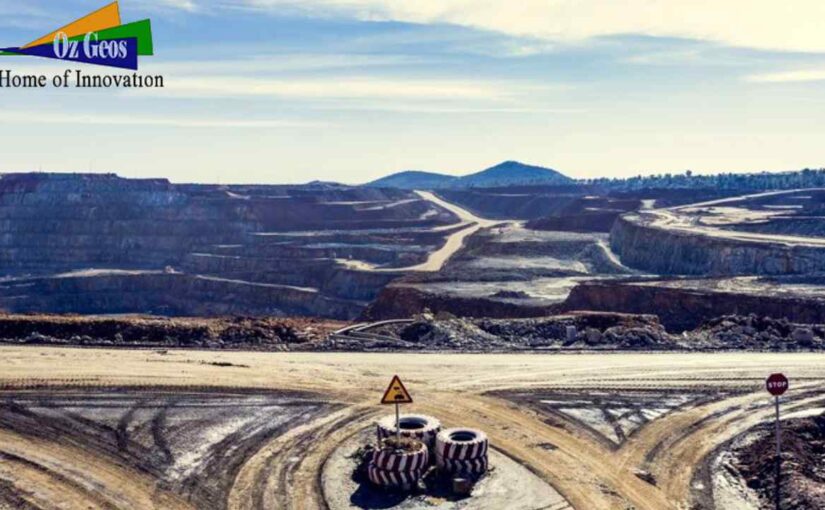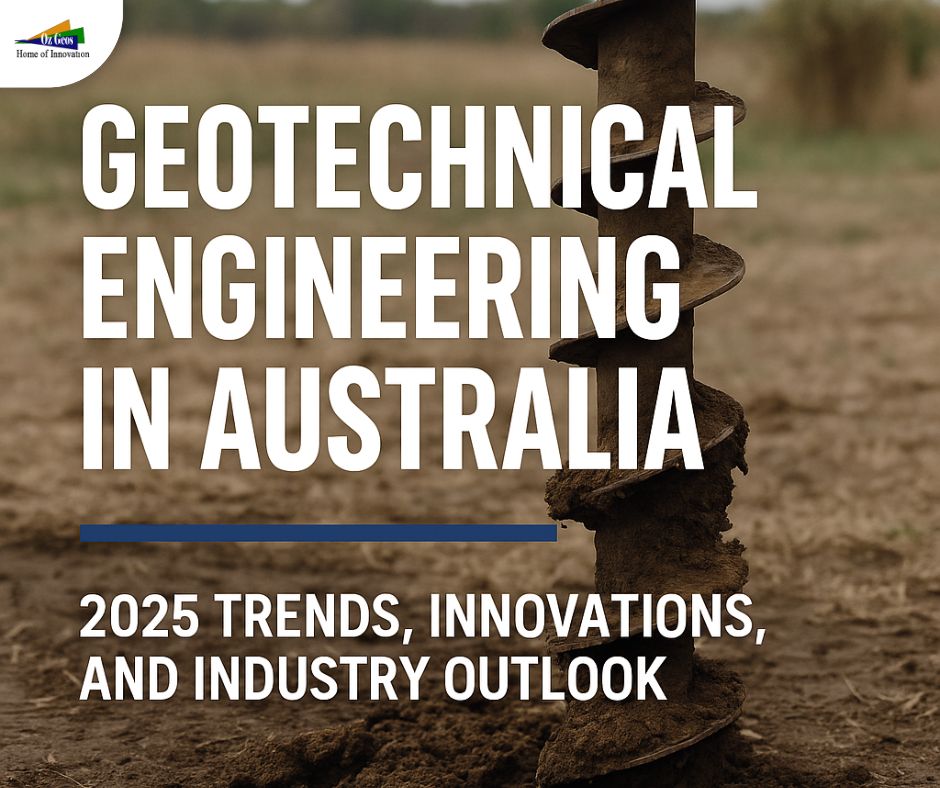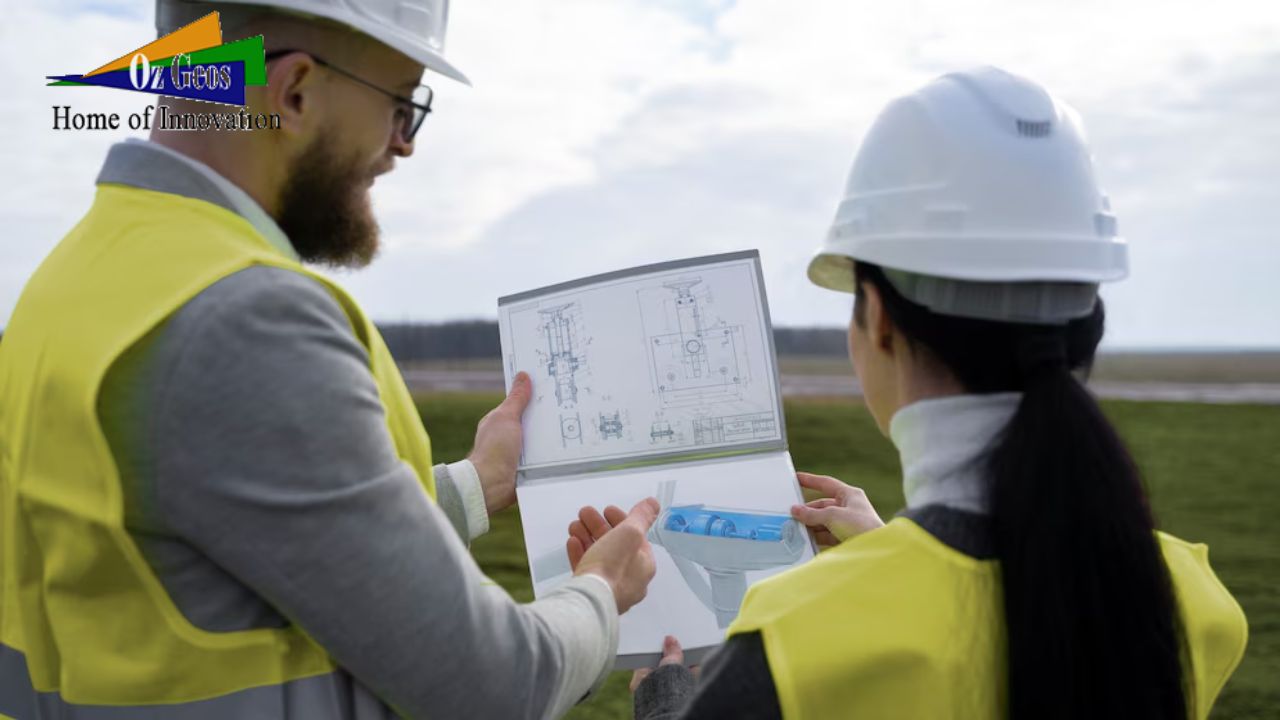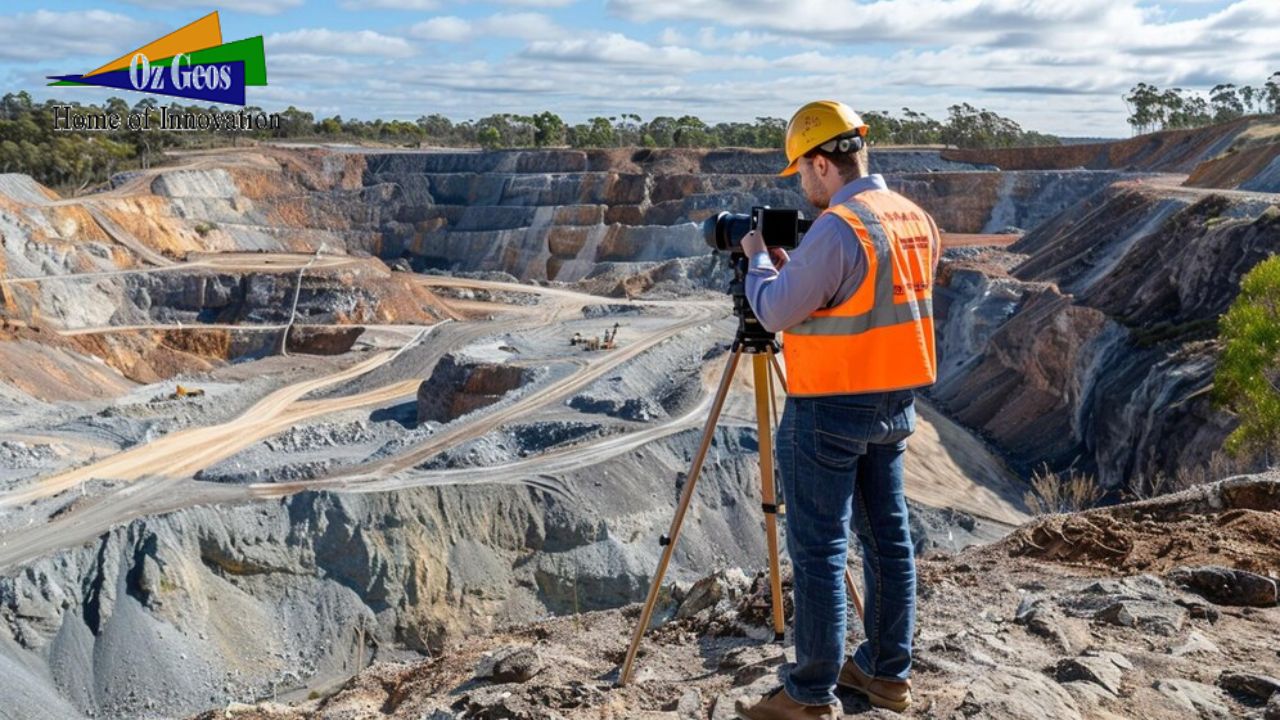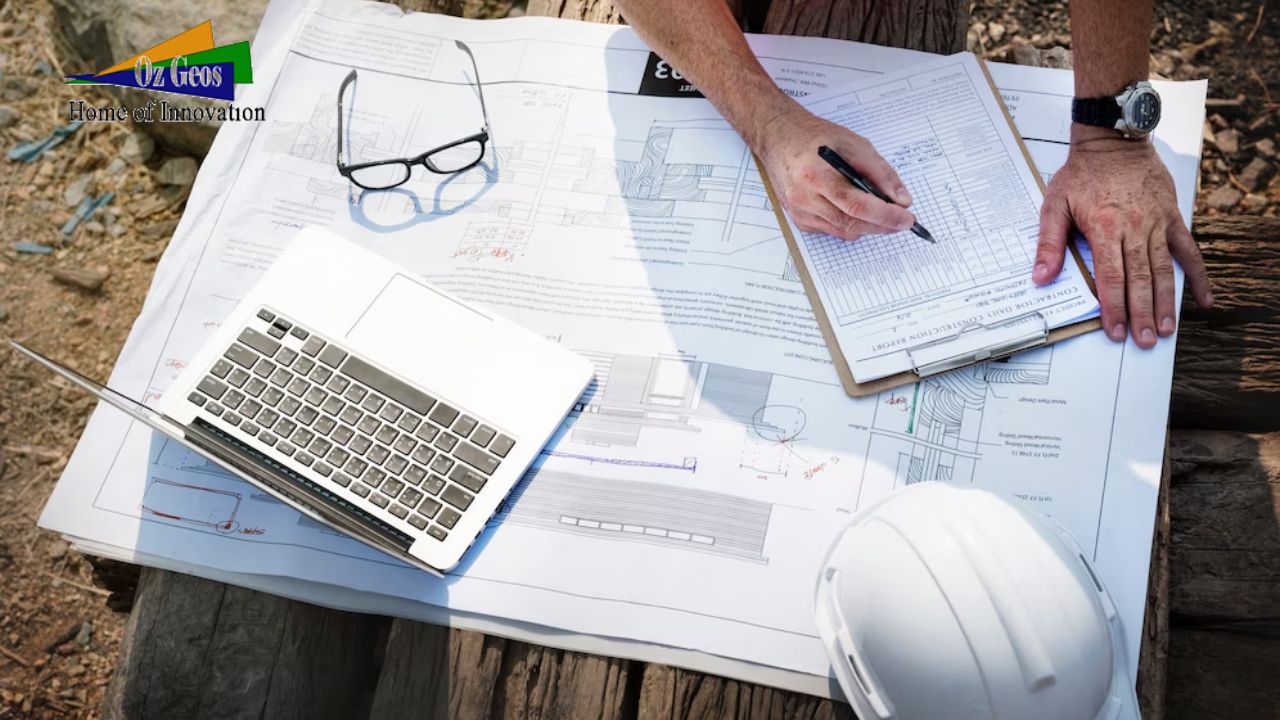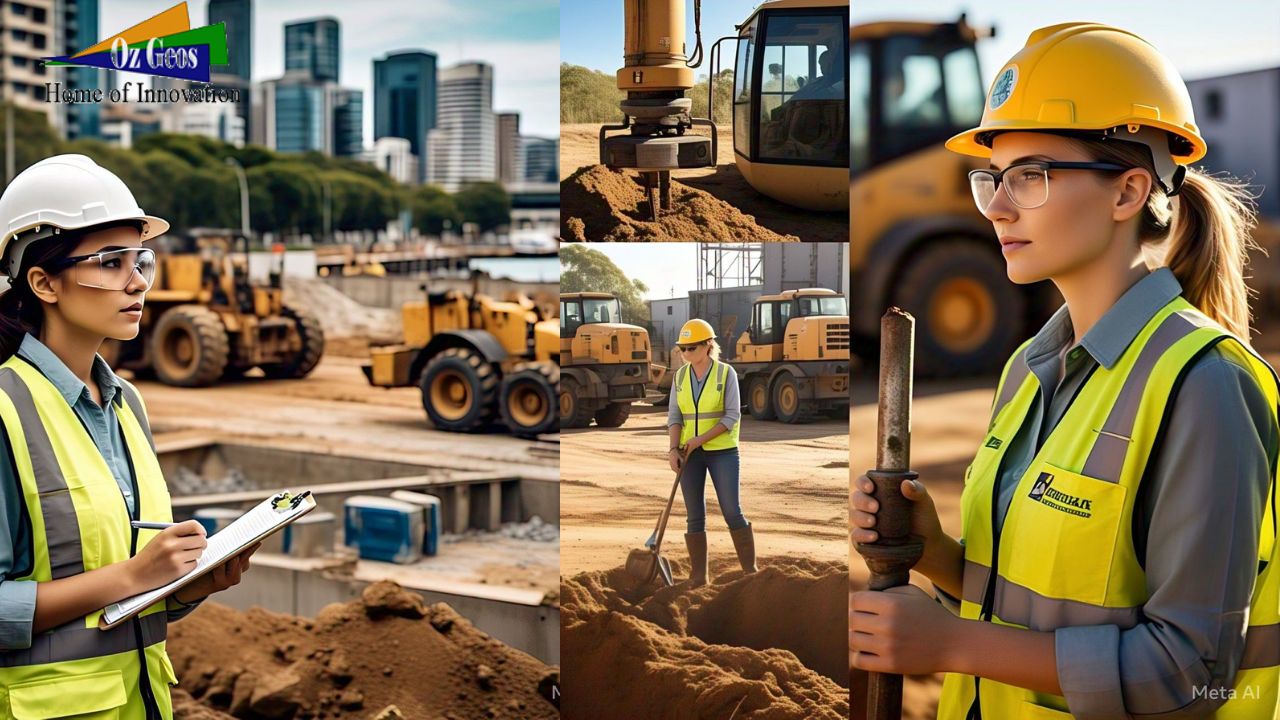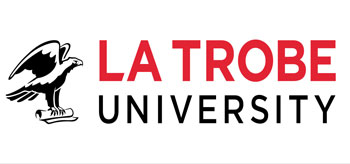Top 5 Geotechnical Challenges in Melbourne and How to Overcome Them!
Melbourne, known for its vibrant cityscape and rapid urbanization, faces unique geotechnical
challenges due to its diverse soil types, climate, and geological history. Whether you’re
developing a high-rise building, residential development, or commercial property, understanding
and addressing these challenges is essential to ensure the safety, stability, and longevity of
your project. In this blog, we’ll highlight the top five geotechnical challenges faced by property
developers in Melbourne and explore the best strategies for overcoming them.
- Unstable Soils and Expansive Clay
Melbourne’s soil composition varies significantly across the city, but one common issue faced
by developers is expansive clay. These soils are prone to swelling and shrinking with changes
in moisture content. When wet, they expand, and when dry, they contract, leading to structural
movement, cracking, and foundation issues.
How to Overcome It:
● Soil Stabilization: One effective method for addressing expansive clay is soil
stabilization, which involves altering the soil’s properties to reduce its swelling potential.
Techniques such as mixing the soil with lime or cement can increase its strength and
reduce moisture sensitivity.
● Deep Foundation Systems: In areas with expansive soils, using deep foundations,
such as piles or piers, can transfer loads to more stable soil layers below the surface.
● Moisture Control: Proper drainage systems and moisture barriers can help control soil
moisture levels and minimize the effects of swelling and shrinkage. - High Water Table and Groundwater Issues
Melbourne’s proximity to coastal regions, rivers, and lakes means that some sites experience a
high water table. A high water table can complicate construction, leading to issues with
foundation stability, erosion, and potential flooding during excavation.
How to Overcome It:
● De-watering Systems: One common solution is installing de-watering systems to lower
the water table during excavation. This can involve pumping water out of the site, which
helps maintain a dry working environment.
● Waterproofing and Drainage: Implementing waterproofing techniques for foundations
and utilizing proper drainage systems can mitigate the risk of water ingress. This can
include installing French drains or sump pumps around the building foundation to
redirect water away from the structure.
● Foundation Design Adjustments: For sites with a high water table, designing
foundations that are resistant to water, such as slab-on-grade foundations or
waterproofed deep foundations, can provide stability and reduce the risk of water-related
issues.
Soft or Loose Soils in Certain Areas
Melbourne’s soil can be soft or loose in certain areas, particularly along the Yarra River and
some of the older residential areas. These soils have low bearing capacity, which can make it
challenging to support heavy structures. Poor soil conditions can lead to settlement, tilting, and
other structural problems over time.
How to Overcome It:
● Soil Improvement Techniques: Techniques such as soil compaction, vibro-
compaction, and grouting can be used to improve the strength of soft soils. These
methods help increase the soil’s load-bearing capacity and reduce the risk of settlement.
● Pile Foundations: In areas with loose or weak soil, deep pile foundations can be used
to transfer the load of the building to deeper, more stable layers of soil. This ensures that
the building remains level and stable over time.
● Geotechnical Site Assessment: Conducting a thorough geotechnical investigation
early in the project allows engineers to identify weak soil zones and tailor foundation
designs to address specific site conditions.
Seismic Activity and Earthquake Risk
While Melbourne is not as seismically active as some other parts of Australia, the region still
experiences low to moderate seismic activity. Earthquake-induced ground shaking can pose a
significant risk to buildings, especially tall structures and those located near fault lines.
How to Overcome It:
● Seismic Design Considerations: Incorporating seismic design features into the
building’s structural system is crucial. This may include reinforcing the building frame,
using flexible foundations that allow for movement, and ensuring that non-structural
components are securely fastened.
● Soil-Structure Interaction Analysis: Engineers can conduct a soil-structure interaction
analysis to understand how the soil will behave under seismic loads. This helps optimize
the foundation design to better withstand earthquakes.
● Base Isolation: In earthquake-prone areas, base isolation systems can be used to
decouple the building from the ground motion, reducing the amount of force transmitted
to the structure.
Contaminated Soil and Ground Conditions
Melbourne, especially in industrial and older urban areas, has seen significant development
over the years. As a result, many sites may be contaminated with hazardous materials such as
heavy metals, petroleum, or chemicals from previous industrial activities. Soil contamination can
complicate the construction process and present health risks to workers and future occupants.
How to Overcome It:
● Environmental Site Assessments: Conducting thorough environmental site
assessments (ESAs) during the planning phase is critical. These assessments help
identify the presence of contaminants and determine the level of remediation required.
● Soil Remediation Techniques: If contamination is found, soil remediation techniques
such as bioremediation, soil washing, or thermal desorption can be employed to remove
or neutralize hazardous substances. This ensures the site is safe for construction.
● Off-Site Disposal: In some cases, it may be necessary to remove contaminated soil and
transport it to a certified disposal facility, where it can be properly managed.
Conclusion
Geotechnical challenges are a common concern for developers in Melbourne, but with proper
planning, testing, and the right solutions, these issues can be effectively addressed. By
understanding the unique characteristics of the site and utilizing advanced geotechnical
techniques, developers can ensure that their projects are safe, stable, and built to last.
At OzGeos, we specialize in providing comprehensive geotechnical and structural engineering
services to help developers overcome these challenges. Our team of experts can guide you
through the process, from soil testing to foundation design, ensuring your project is built on solid
ground. Contact us today to learn more about how we can support your next development
project in Melbourne.

